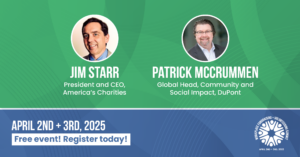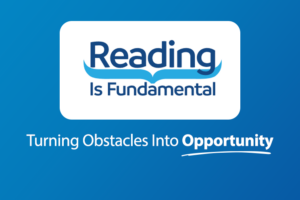Sarah Ford | May 26, 2015
Why Don’t We Take Tanning as Seriously as Tobacco?
By Sherry Pagoto, PhD
In 2009, upon review of the science on tanning beds and cancer, the International Agency for Research on Cancer assigned tanning beds a class 1 carcinogen, joining tobacco and asbestos in the highest classification of harm. In spite of this development, skin cancer rates have steadily climbed over the last 3 decades. Rising prevalence is seen especially in young women, with an 8-fold increase since 1970. Melanoma, the deadly form of skin cancer is now the most common cancer in young adults aged 25-29. Skin cancer is hitting young women especially hard because they are the heaviest users of tanning beds. Recent statistics reveal that 19% of teens and over half of university students have used tanning beds. The risk of indoor tanning to population health has even exceeded that of tobacco. One study reported that the number of cases of skin cancer attributable to indoor tanning (~450,000) now exceeds the number of cases of lung cancer attributable to smoking (~360,000). This epidemic comes with a price tag, with annual costs for skin cancer treatment in the US now exceeding $8 billion a year and increasing at a rate 5 times faster than other cancers.
Get Resources and Insights Straight To Your Inbox
Explore More Articles
Workplace Fundraising + Volunteering Summit (April 2nd and 3rd, 2025)
Join us in attending this virtual summit! The America’s Charities team is joining up with other leading voices in the workplace giving space for a…
Read ArticleThe Time to Act is Now
The results of the 2024 National Assessment of Educational Progress (NAEP) are in, and the findings are, in a word, heartbreaking. This assessment serves as…
Read ArticleOpen Position: Non-Profit Account Manager, Employee Assistance Funds & Scholarships (Remote – Full Time)
We are professional, agile, customer-centric and our goal is to inspire employees and organizations to support causes they care about. We help nonprofits fundraise unrestricted,…
Read ArticleGet Resources and Insights Straight To Your Inbox
Receive our monthly/bi-monthly newsletter filled with information about causes, nonprofit impact, and topics important for corporate social responsibility and employee engagement professionals, including disaster response, workplace giving, matching gifts, employee assistance funds, volunteering, scholarship award program management, grantmaking, and other philanthropic initiatives.




